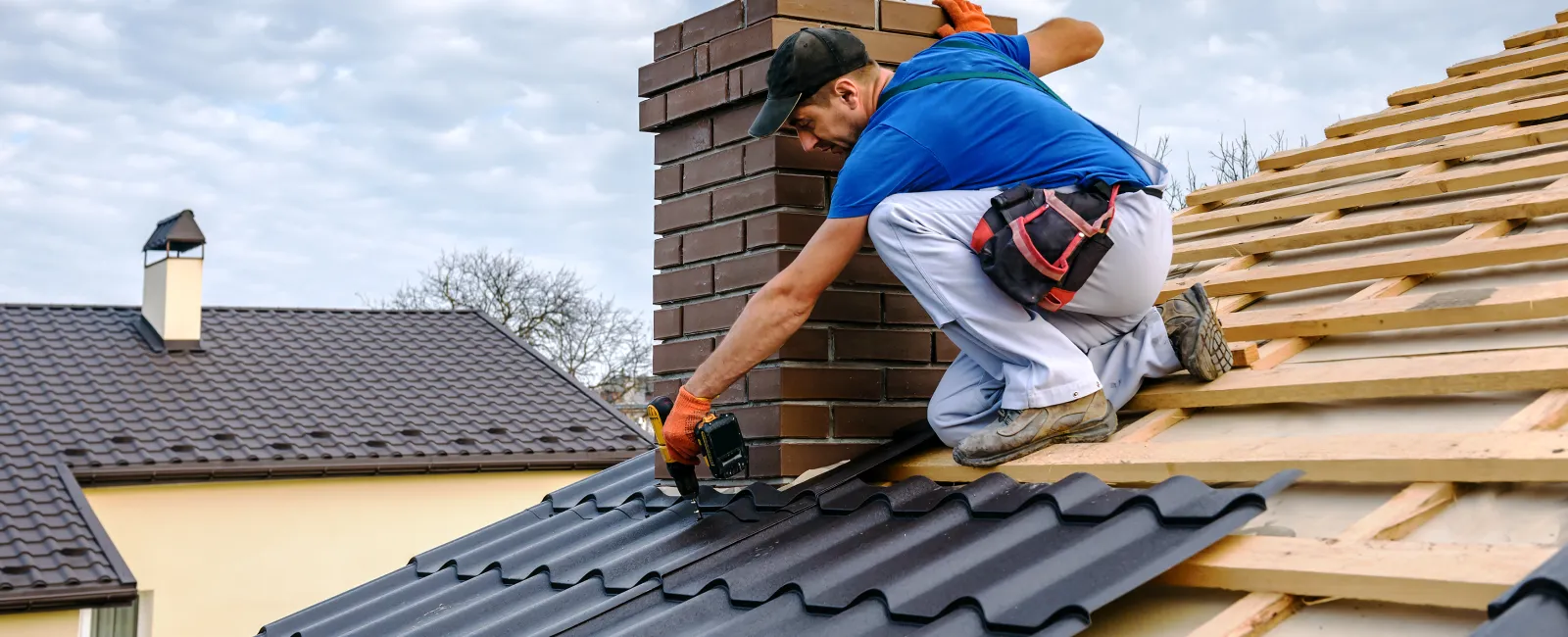If you are considering taking on a new roof installation project or are thinking about a big roof replacement, beware of these mistakes! They are more common than you might think. The following blunders can cause all kinds of trouble that may not be covered by a warranty - especially if that warranty is voided by lousy roof work.
1. Leaving Old Materials On
You see this a lot with amateur projects (although thankfully not often with experienced professionals). Often, new shingles get nailed on over old shingles— as if a faulty roof is something that can simply be covered. Nailing new shingles on top of old shingles is like covering up a moldy piece of bread with a new bread slice and hoping the sandwich turns out okay. This mistake can open the roof up to serious damage. When the top layer starts to fall apart—the roof will be lacking proper support and underlayment. A roof replacement or installation project should involve taking the old shingles off.
2. Poor Nailing Practices
How many nails does one shingle need? That depends not only on the shingle but also on the grade of the roof and the weather conditions in the area. That said, it's no surprise that people get this wrong when working on roof installation projects. On average, most shingles take four nails. If the slope is very steep, this is usually increased to six nails. All nails should be placed away from the adhesive strip the shingle uses to help seal against moisture. Note that metal shingles and tiles may have their own unique fastening needs as well.
3. Bad Sloping
Let's talk about what we mean by "bad" sloping. A new roof installation requires very careful measurements to create the right slope so that valleys and peaks meet smoothly. This can be set at a variety of degrees according to house design and weather. However, the slope must match the other roof slopes precisely. Small mistakes can lead to cracks that will allow moisture to creep inside. Larger errors will endanger the roof's integrity. This is particularly true for flat roof sections (which need to be carefully sloped to still look flat but discard any water before it gets the chance to pool). Any structural work should be left to trained, experienced professionals.
4. Lazy Sealing
Flashing and counter flashing - the metal strips along the edges and valleys of your roof install project - must be carefully placed and sealed. It's difficult to spot leaks along flashing until the damage has already been done— so poor flashing is hard to notice. This lazy sealing spills over into underlayment decisions, where the wrong barrier can suffocate your roof - or leave it defenseless.
4. Ignoring Local Climates
Inexperienced or low-quality roof installations tend to ignore all the unique needs of your specific climate (and microclimate). Do you get especially cold winters? You may need extra attic vents to prevent condensation. Do you have a lot of snow? That requires protective edges on the border of your roof to diminish ice dams. High winds? Sturdier shingles and lower slopes can help. Match your roof to your location!
If you have any additional questions about the roof installation process, reach out to Findlay Roofing!

